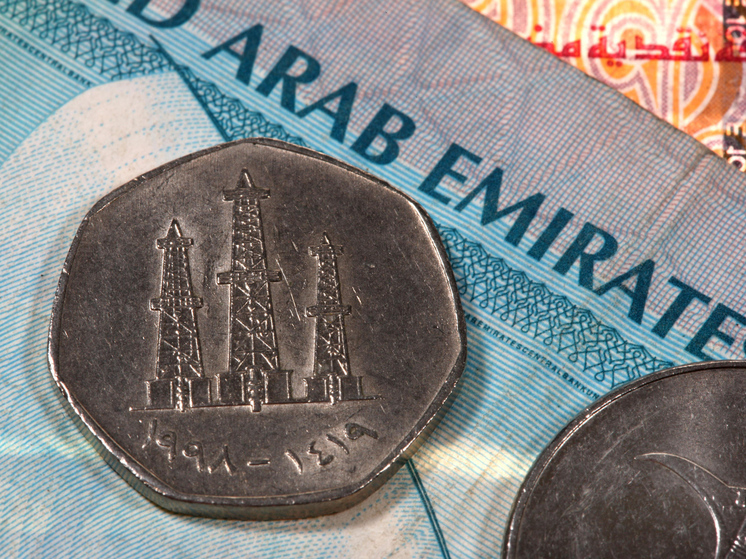Dirham is good, but low in liquidity
Russians are slowly but surely transferring savings from their bank deposits to friendly currencies. Their share in foreign currency accounts from April 2022 to January 1, 2024 increased more than 50 times! Up to $9.6 billion. Maxim Osadchy, head of the analytical department of BKF Bank, reported this after analyzing the Central Bank data.

“If on April 1, 2022, the share of non-toxic currencies, mainly in Chinese yuan, in the amount of foreign currency deposits of individuals was only 0.4%, then on January 1 of this year it reached 22.9%,” says the analyst.
A particularly sharp increase occurred in December last year, when the amount of deposits in non-toxic currencies increased by $2.3 billion, he notes.
At first glance, everything seems logical. Last year, the ruble exchange rate was very stormy, and inflation, especially food inflation, made itself known loudly. And in order to preserve their savings, Russians were looking for a more reliable “currency haven” — not to invest in toxic dollars or euros! Just look, the authorities will completely ban their circulation in Russia with all the ensuing consequences.
Although in fairness it should be noted that no one prohibits opening accounts in dollars or euros. Thus, according to the Central Bank, last year 51 banks offered deposits in dollars, even more than in 2022, when 48 credit institutions offered such services.
But to shift so sharply, with an increase of tens of times, into unusual currencies, even the appearance of which few ordinary people had previously imagined, it is unlikely that any analyst expected such agility from compatriots.
––
“This excitement remains a mystery to me,” he answers. – Indeed, the amount of deposits in non-toxic currencies (mainly the yuan) increased by $2.3 billion in December. While the toxic currency decreased by almost the same amount – $2.1 billion. It turns out that at the end of the year the population was actively transferring deposits in toxic currency to non-toxic ones.
– In November 2023, deposits in non-toxic currencies increased by 0.3 billion, in toxic ones they fell by 0.2 billion. In October of the same year, deposits in non-toxic currencies increased by only $4 million. And in toxic ones they decreased by 0.64 billion. So, the December surge stands out from the general series.
A more significant increase in deposits in non-toxic currencies occurred only in September 2022. Then deposits in non-toxic currencies increased by $3 billion, while deposits in toxic currencies immediately fell by 10 billion.
– On the contrary, there are quite stable trends. One of them is the devaluation of deposits. Over the past year, they — toxic and non-toxic — decreased by 23.8%, or by 13.1 billion dollars, to 41.9 billion.
— Not only. The main reason is the restrictions imposed by the Central Bank on foreign currency deposits, in force since last spring, regardless of their “toxicity.”
– The document “Measures of the Bank of Russia to stabilize the situation in the financial market in the context of the implementation of sanctions risks” states: “Citizens can open new foreign currency accounts and deposits, but it will be possible to withdraw investments from them in rubles. Payments to individuals from foreign currency deposits in the event of receipt of foreign currency from September 9, 2022 are carried out without restrictions at the bank’s exchange rate.” That is, you open a deposit in foreign currency, and receive it in rubles, and at the internal (read arbitrary) rate of the bank. Therefore, while such restrictions are in effect, it is unwise to keep deposits in foreign currency in Russian banks. And, in particular, this is why Russians’ deposits in foreign banks are growing.
– For now, this restriction is in effect until March 9 of this year. But, most likely, it will be extended, each time for six months, several more times.
– You can also find a more or less decent one, up to 3.6%, in dollars , and in euros. But, of course, on the market now you can find rates on deposits in rubles close to 20%.
–
– The dirham is good for everyone, it is more stable than the ruble and the yuan. For the reason that its exchange rate is pegged to the American dollar. But, alas, it is poorly liquid.


